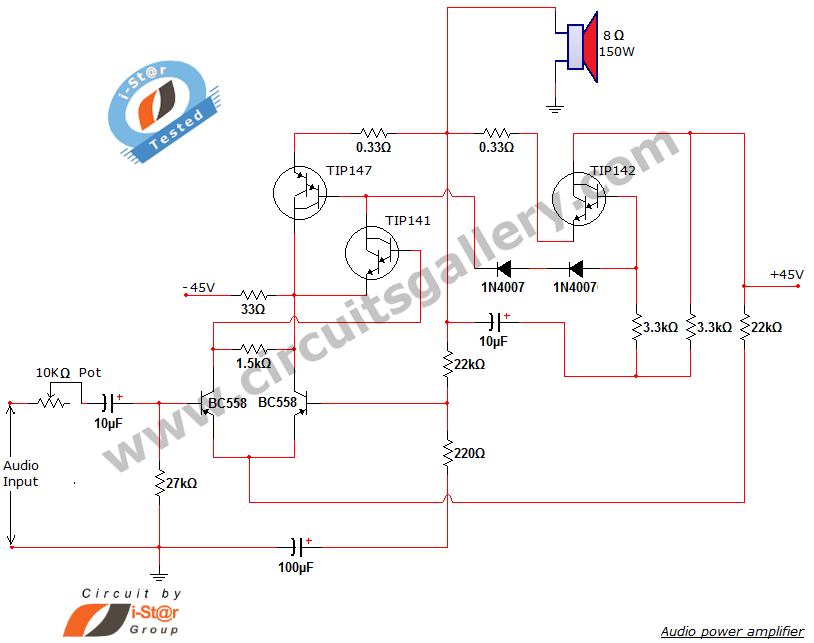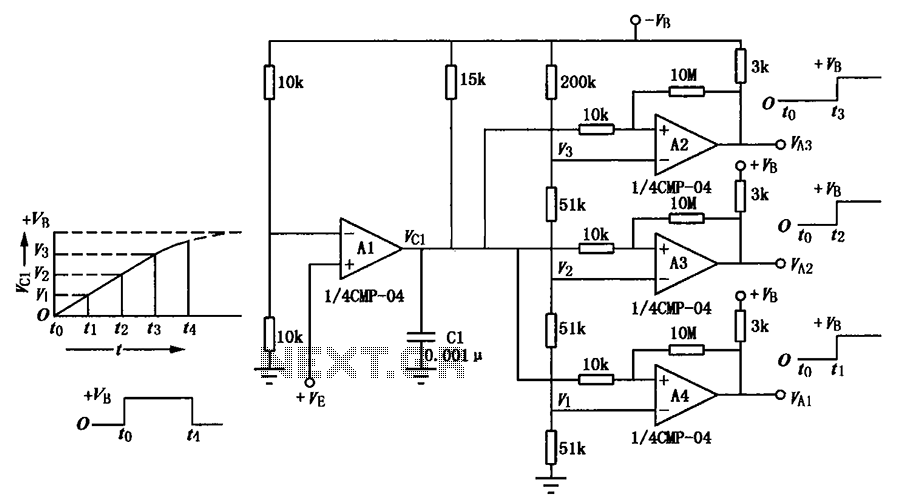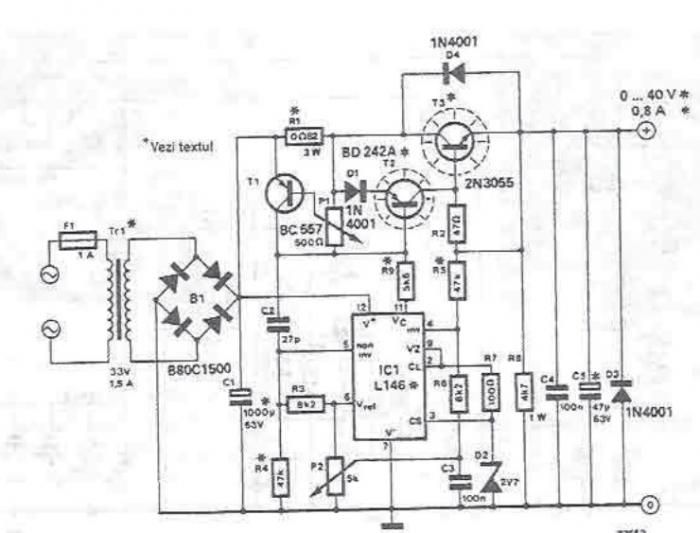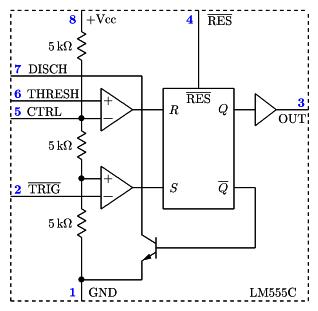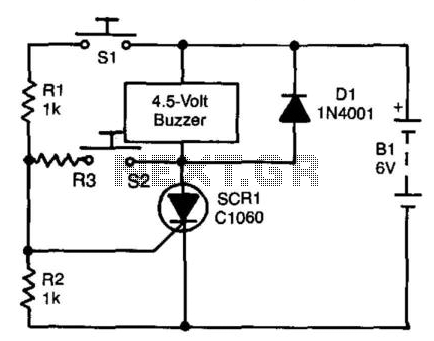
Composition 555 motor automatic governor circuit diagram

The circuit consists of a 555 motor automatic governor configuration. It includes flip-flops, a 555 timer, and a switching tube. A sampling circuit is formed by connecting R7 and the motor in series. RP1 is used to control the 555 timer for adjusting the trigger level, which allows for the adjustment of trigger sensitivity.
The described circuit utilizes the 555 timer in a motor control application, functioning as an automatic governor. The 555 timer is a versatile integrated circuit commonly used for timing and pulse generation. In this configuration, it operates in a feedback loop with a sampling circuit formed by the resistor R7 and the motor. The motor's operation is monitored through this sampling circuit, enabling the circuit to regulate the motor's speed based on predefined thresholds.
The flip-flops included in the circuit serve to maintain the state of the motor control, ensuring that the motor operates within the desired parameters. The switching tube acts as a control element that can either allow or cut off power to the motor, depending on the output from the 555 timer and the state of the flip-flops.
Adjustment of the trigger sensitivity is achieved through the variable resistor RP1. By altering the resistance, the voltage level at which the 555 timer triggers can be fine-tuned, allowing for precise control over the motor's response to changes in load or speed. This feature is particularly useful in applications where motor performance needs to be optimized for varying operational conditions.
Overall, this automatic governor circuit exemplifies an effective method for managing motor speed and performance, leveraging the capabilities of the 555 timer, flip-flops, and additional components to create a responsive and adjustable control system. As shown is composed of 555 motor automatic governor circuit. The circuit composed of flip-flops 555 and a switch tube. R7 and motor in series to form a sampling circuit. RP1 c ontrol 555 for adjusting the trigger level, ie adjust the trigger sensitivity.
The described circuit utilizes the 555 timer in a motor control application, functioning as an automatic governor. The 555 timer is a versatile integrated circuit commonly used for timing and pulse generation. In this configuration, it operates in a feedback loop with a sampling circuit formed by the resistor R7 and the motor. The motor's operation is monitored through this sampling circuit, enabling the circuit to regulate the motor's speed based on predefined thresholds.
The flip-flops included in the circuit serve to maintain the state of the motor control, ensuring that the motor operates within the desired parameters. The switching tube acts as a control element that can either allow or cut off power to the motor, depending on the output from the 555 timer and the state of the flip-flops.
Adjustment of the trigger sensitivity is achieved through the variable resistor RP1. By altering the resistance, the voltage level at which the 555 timer triggers can be fine-tuned, allowing for precise control over the motor's response to changes in load or speed. This feature is particularly useful in applications where motor performance needs to be optimized for varying operational conditions.
Overall, this automatic governor circuit exemplifies an effective method for managing motor speed and performance, leveraging the capabilities of the 555 timer, flip-flops, and additional components to create a responsive and adjustable control system. As shown is composed of 555 motor automatic governor circuit. The circuit composed of flip-flops 555 and a switch tube. R7 and motor in series to form a sampling circuit. RP1 c ontrol 555 for adjusting the trigger level, ie adjust the trigger sensitivity.
